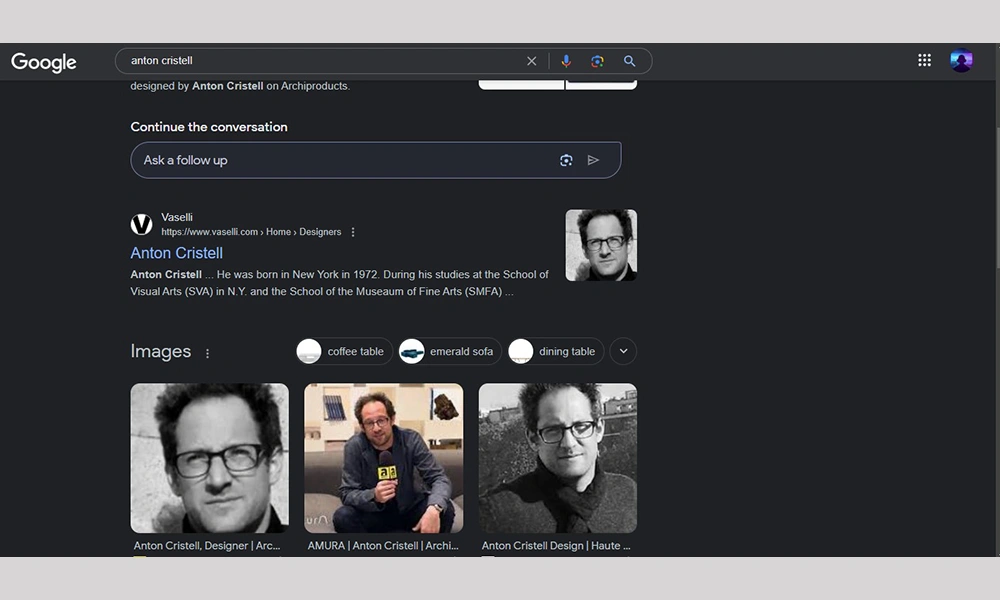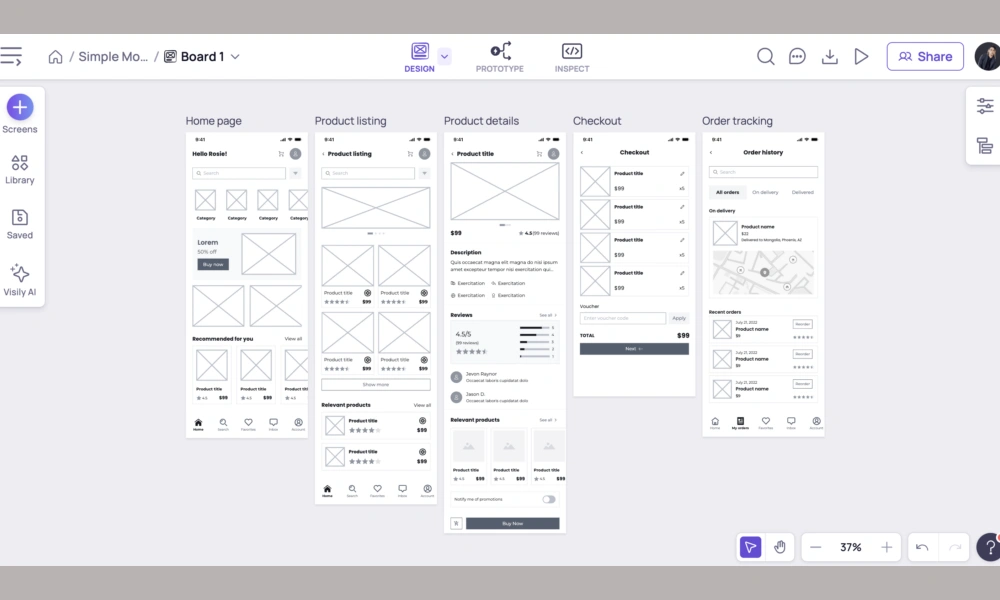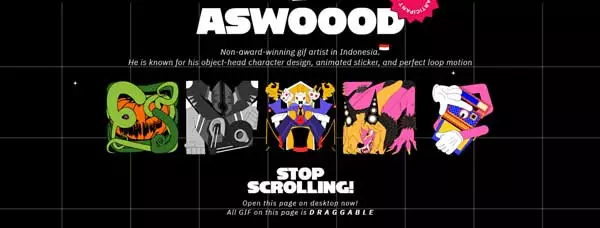Online portfolios used to be for people working in the creative industry, but it doesn’t work like that anymore. Other professionals like lawyers or entrepreneurs will benefit from a portfolio website just as much. It can invite more clients and help build a stunning digital persona.
You may think freelance job board platforms are enough, but those usually attract short-term and low-cost projects. The third-party sites can’t serve as effectively as your own digital portfolio.
Read on to understand the exact reasons why you should build a portfolio website.

Almost 95 percent of online experiences start from a search engine, and your potential employers may do that too to find the right people to work with. With a portfolio website, you increase your online presence and chances to be discovered.
It’s possible to optimize an online portfolio using search engine optimization (SEO) tactics, like:
Additionally, using a domain name that has your name in it will ensure you’re the first one to pop up on the SERP, while useful blog posts on subjects in your niche will further increase your reach.

Moreover, many well-known freelancer sites like 99Design and Fiverr usually feature a list of the best portfolio websites with great design. If yours is impressive for them, you will probably get featured.
A CV tells potential employees about your experience and skill, but a portfolio website created with a WordPress portfolio template shows your professional competence in a more compelling way.
The potential employers will see a clear picture of your skill through your works, like photos, animations, and writing. It helps them visualize how it’s like to work with you creatively as they already know the final results from your previous projects.
Pick the best pieces at the forefront to impress the visitors and provide each project’s behind the scenes to help them understand you and your work process better.
For instance, the UX Designer Melanie Daveid creates a thorough explanation of how she built an app during one of her previous projects. This information will let the visitors know her creative process.

By building an online presence, people will get familiar with your work and know a list of your accomplishments. Your site can be valid proof for displaying your expertise.
Testimonials on the portfolio website can also establish trust because they act as unbiased voices. Over 90 percent of consumers check online reviews before purchasing products or services. Positive reviews can be your social proof because there are real satisfied clients who have worked with you.
A website also allows you to share educational content showing that you’re the expert in the industry. Create a blog page and upload content relevant to your niche, like how-to articles, infographics, or in-depth eBooks.

If you have a new piece or accomplishment to share, it’s easy to add it to your online portfolio, especially when using a website builder with a drag-and-drop tool. The updated version will help visitors spot your development.
Outside updating pieces, there are other signs when you need to upgrade your portfolio website.
In case the third-party platforms that hold your portfolio are down, you would never have access to your portfolio and new paid work. You would be starting over again on another service/platform to get a regular source of income.
Building a website can prevent this problem from happening, giving you full control of your online portfolio. The website can save you from losing your hard work overnight and build another portfolio in a hurry.
Many third-party hiring platforms will warn you if you share email or phone numbers with clients. Thus, if your clients are happy with your work, they can only contact you via the platform.
You also need to note that the majority of them charge the users, even up to 20 percent. If you set the service cost higher, in an attempt to get more money, they will also charge you more.
With the contact information displayed on your website, you don’t need a third party to connect with your clients. They can directly contact you, and you have the chance to build a strong relationship with them, like sending a customized thank-you card or just checking in.
More importantly, your website has no charging fee and is generally budget-friendly.
You can choose to showcase your work on social platforms, like Instagram or Pinterest, but a website gives you creative freedom for displaying your work. Create special effects on the homepage or display 3D visuals, for example.
You can demonstrate the skills you have learned and make your portfolio website interactive. A motion graphic designer Aswoood lets the visitors play draggable GIFs on their website.

Also, think of a suitable method to help your potential clients enjoy looking at your works. For instance, Diana Matar uses horizontal scrolling to display her amazing photos to feel like a real photo album.

If you’re clueless about what to put on your website, gather inspiration from other portfolios or start with the website builder’s premade templates.
You say more about your identity with the design elements on your portfolio website, including the layout, color palette, and copy you write.
Your website can also highlight your personal brand as it shows what makes you unique among other people in the same industry. On top of that, you can use various media ranging from photos to videos and documents to show your brand.
For example, the motivator Gary Vaynerchuk incorporates a video right at the front of his homepage to tell visitors about himself, and Bruno Ortolland uses background music to accompany his 3D visuals.
If you’re still confused about your personality, gather the works you have done on the website and see the patterns. You will see how your work becomes the reflection of your identity.
Sharing awesome work and thoughts online increases the chances of building a following. People will be interested in your ideas and become fans of your work. They will share the link to your blog on their social media and get you more traffic. One of them may become your client.
The comment section on your blog sparks a discussion between you and your followers. They can share their thoughts about your work and help you spot which part to improve.
With an online portfolio, you can document your work and reflect on how you can evolve.
Web analytics also help you grow as you can adopt data-driven marketing strategies to know more about your visitors. Here is what you can see on the web.
If you dream of having complete control of your creativity and business, invest in building your own portfolio website. It brings a lot of benefits, including access to customization and upgrades, a stronger personal brand, and a wider audience.
We’ve covered many advantages of building an online portfolio. Now, it’s your time to trust your creative soul and make your own.
